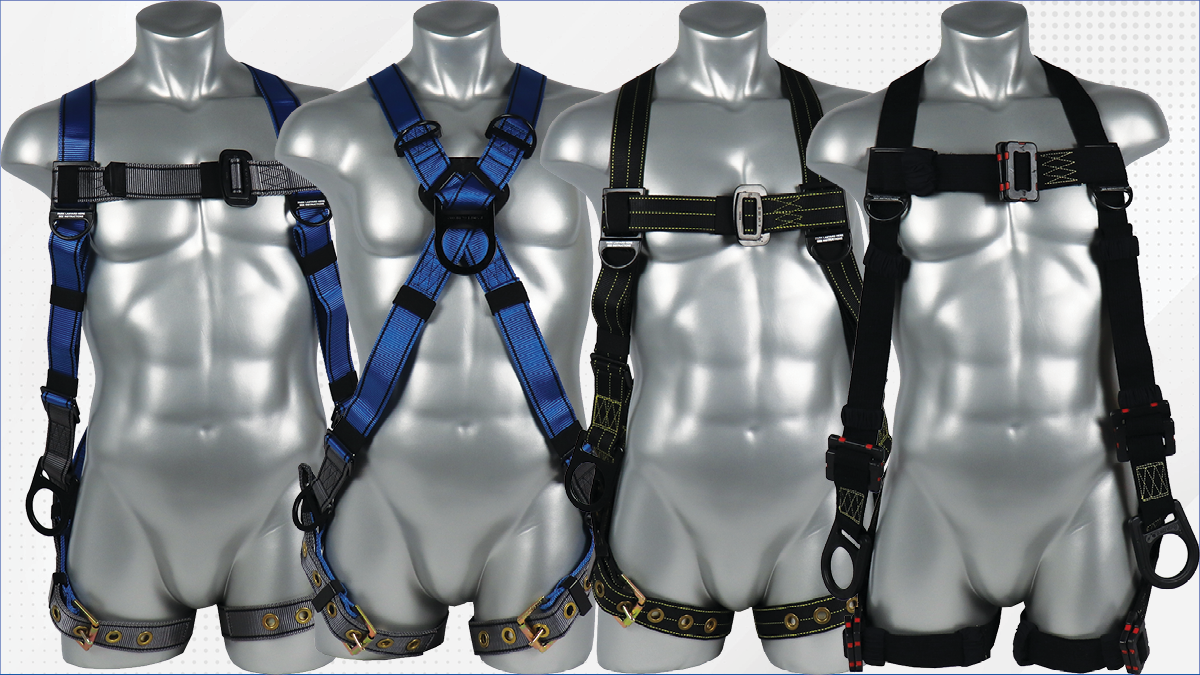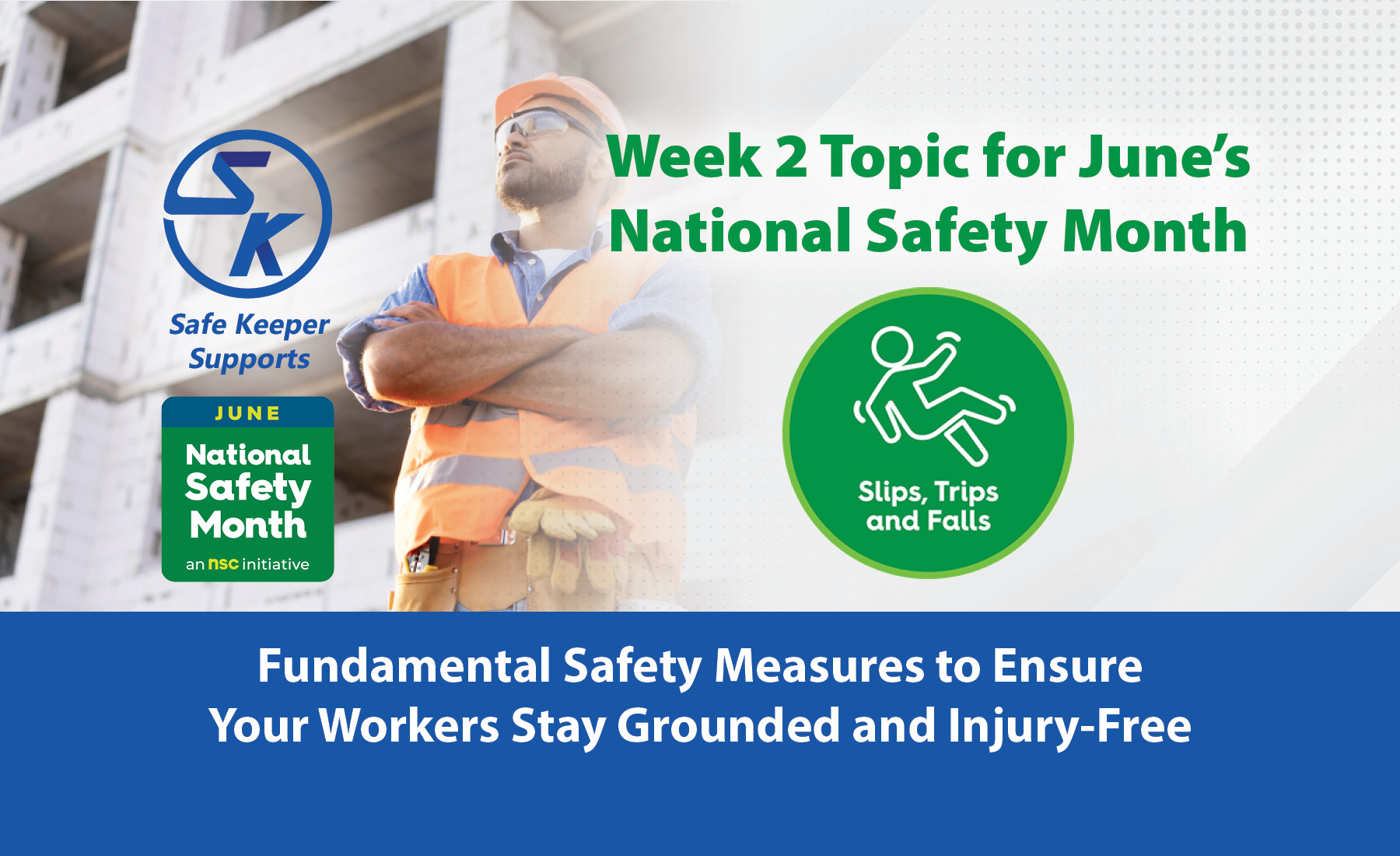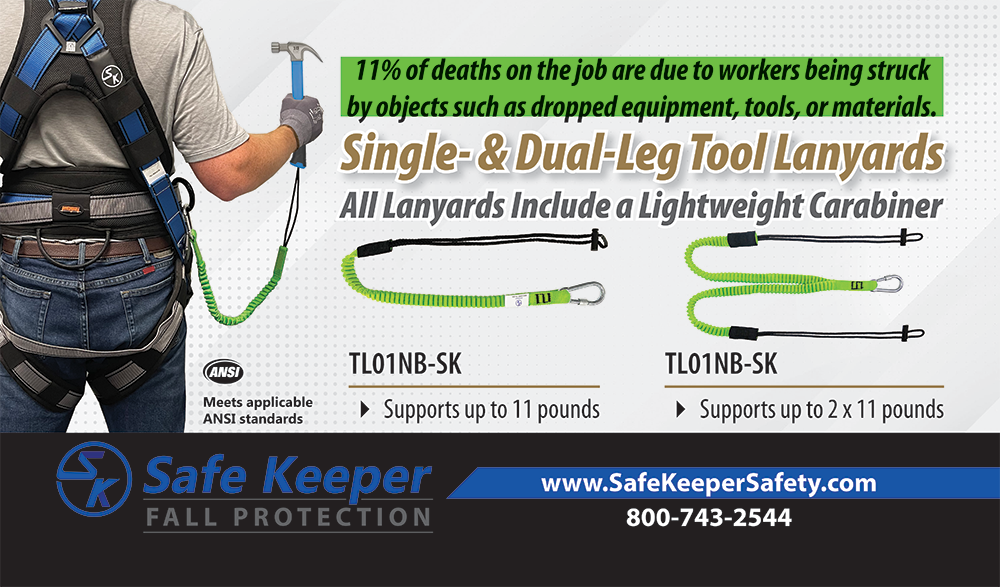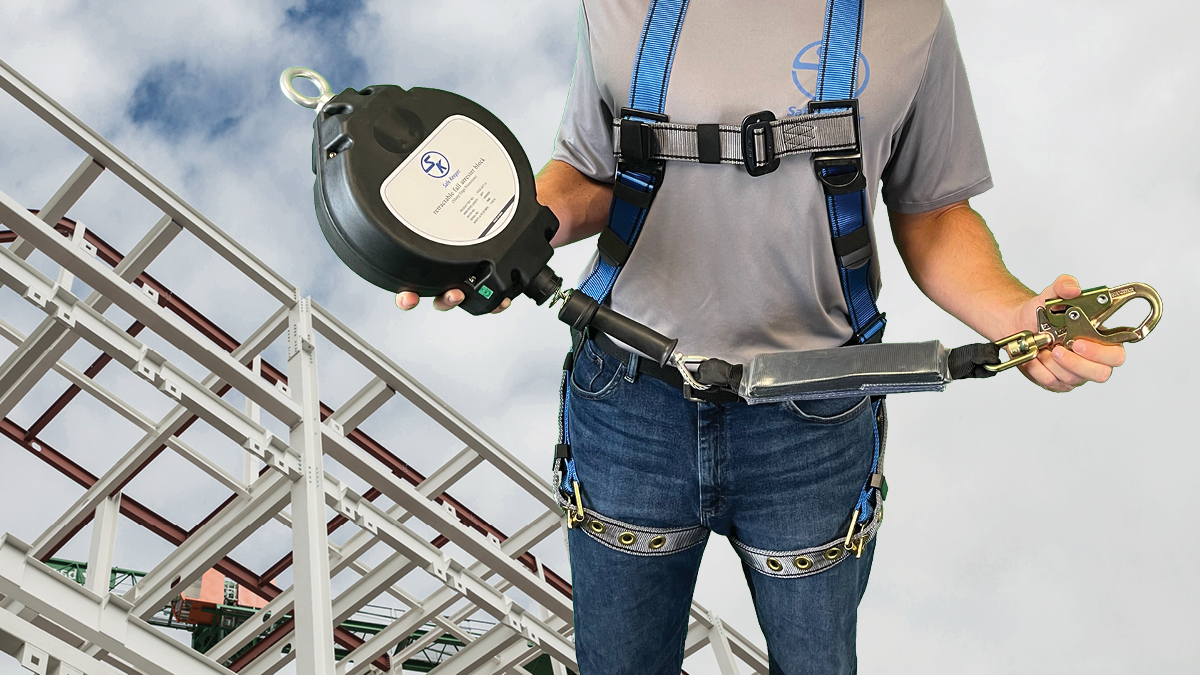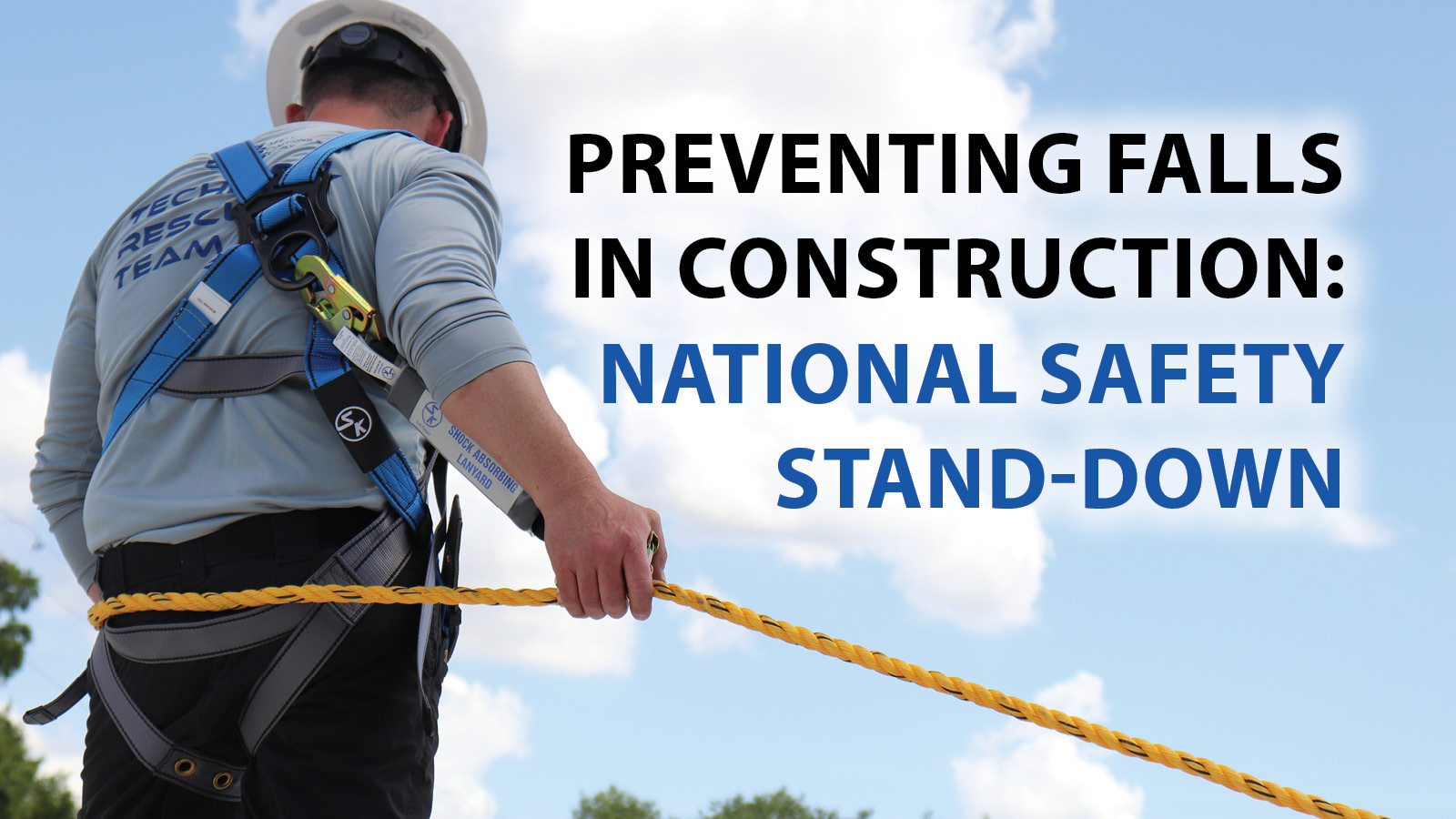A safety harness, also called a body harness, is defined by OSHA as “straps that secure about the employee in a manner to distribute the fall arrest forces over at least the thighs, pelvis, waist, chest, and shoulders, with a means for attaching the harness to other components of a personal fall protection system.” A safety harness wraps around a worker’s body and connects to the rest of the fall protection system so that if the worker were to fall, the harness would hold the worker up while the rest of the system stops the fall.
Many years ago, before safety harnesses were required, workers wore body belts to connect to their fall protection systems. Unfortunately, because workers fastened body belts around the waist, if they fell, the entire force would be exerted on the abdomen causing significant injury.
In contrast, full-body safety harnesses distribute the force of a fall to those areas of the body that can withstand it, such as the thighs, pelvis, waist, chest, and shoulders, protecting the more vulnerable areas of the body. A safety harness also holds a fallen worker upright during a fall, keeping the spine in a vertical position to minimize injury. Both are essential purposes of the safety harness, so the harness itself must fit correctly and tightly to provide adequate protection for a worker in the event of a fall.
Workers should not be suspended in a safety harness for an extended time if a fall occurs. The harness can cut off the employee’s circulation, causing a dangerous condition called suspension trauma. Therefore, suspension straps and a quickly deployed rescue plan are essential after a fall.
Safe Keeper carries a wide range of fall protection products and accessories, from harnesses, lanyards, self-retracting lines, and confined space entry equipment to anchorage points. Explore our inventory today!
